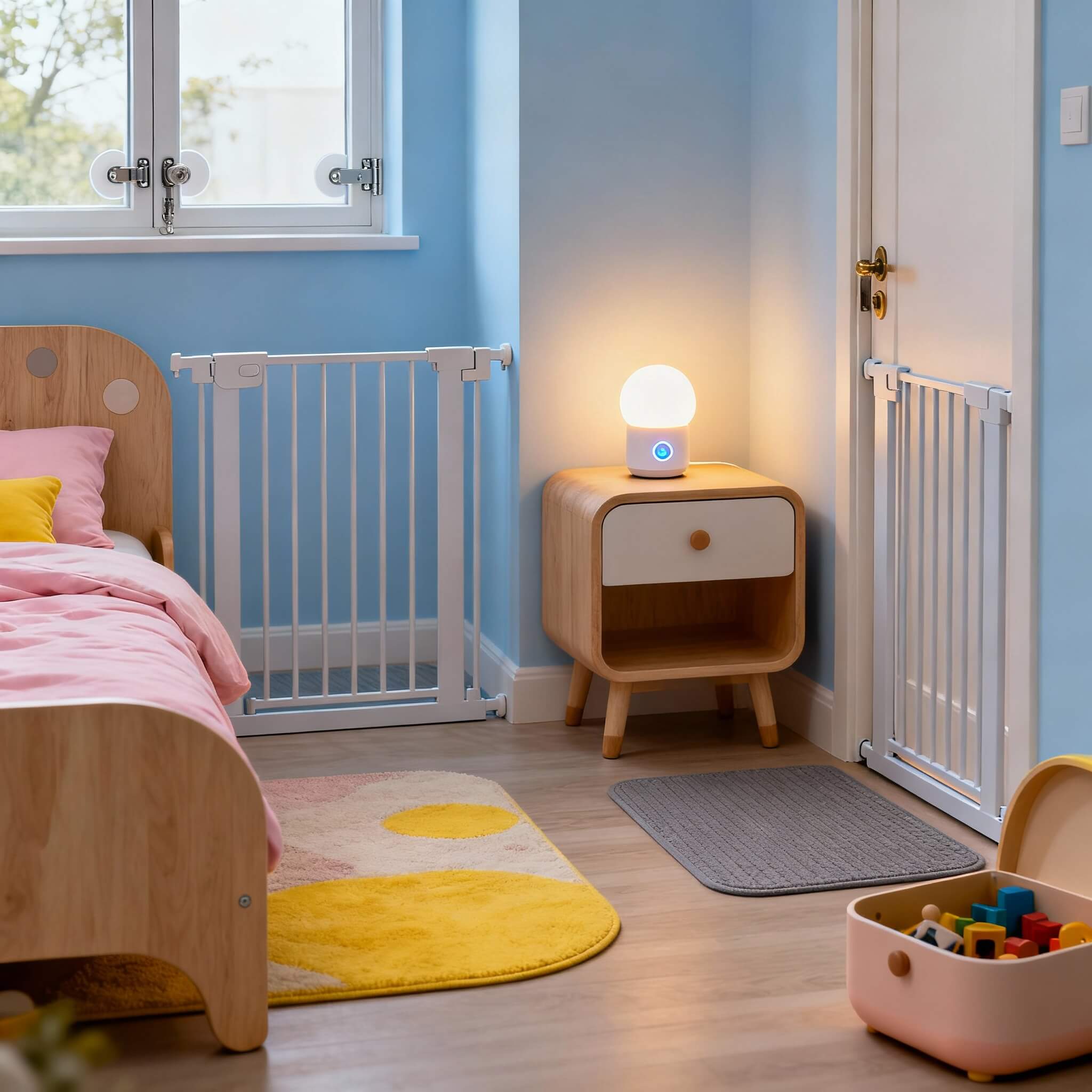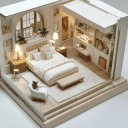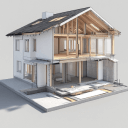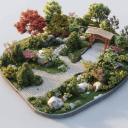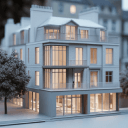Imagine a child’s bedroom that sparks imagination and guarantees peace of mind. For parents, designing a kid’s room is a balancing act between fun and safety, with countless details to consider, from covering sharp corners to using non-toxic materials.
Fortunately, we live in an age where artificial intelligence (AI) and 3D design tools can step in as trusted allies. AI-powered interior design is transforming how we approach childproofing, making it easier than ever to visualize, plan, and create safer kids’ rooms.
The Challenge of Designing a Safe & Fun Kids’ Room
Every parent wants their child’s room to be magical yet secure. But even the coziest bedroom can hide potential hazards. In fact, children’s bedrooms often assumed to be the safest spot, but still account for surprising numbers of accidents.
For example, injuries related to beds and bedding send nearly 200,000 young children to the emergency room each year. Tip-over injuries from furniture are also alarmingly common for kids under six. These statistics underscore why safety must be a core focus when planning a child’s space.
What makes a room “safe” for a child?
Think of rounded furniture edges instead of sharp corners, sturdy pieces that won’t topple, covered outlets and hidden cords, and layouts that leave plenty of open play space to minimize trips and falls. Traditionally, parents had to envision all these details mentally or hire professionals. But now, technology can help shoulder that burden.
This is where modern design platforms like Arcadium 3D come into play. Arcadium 3D is a cutting-edge online interior design tool that leverages AI and a vast 3D modeling library to make room planning fast, precise, and user-friendly. With such tools, anyone can virtually childproof and decorate a room before buying a single piece of furniture.
Planning in 3D: Visualize Safety Before You Build
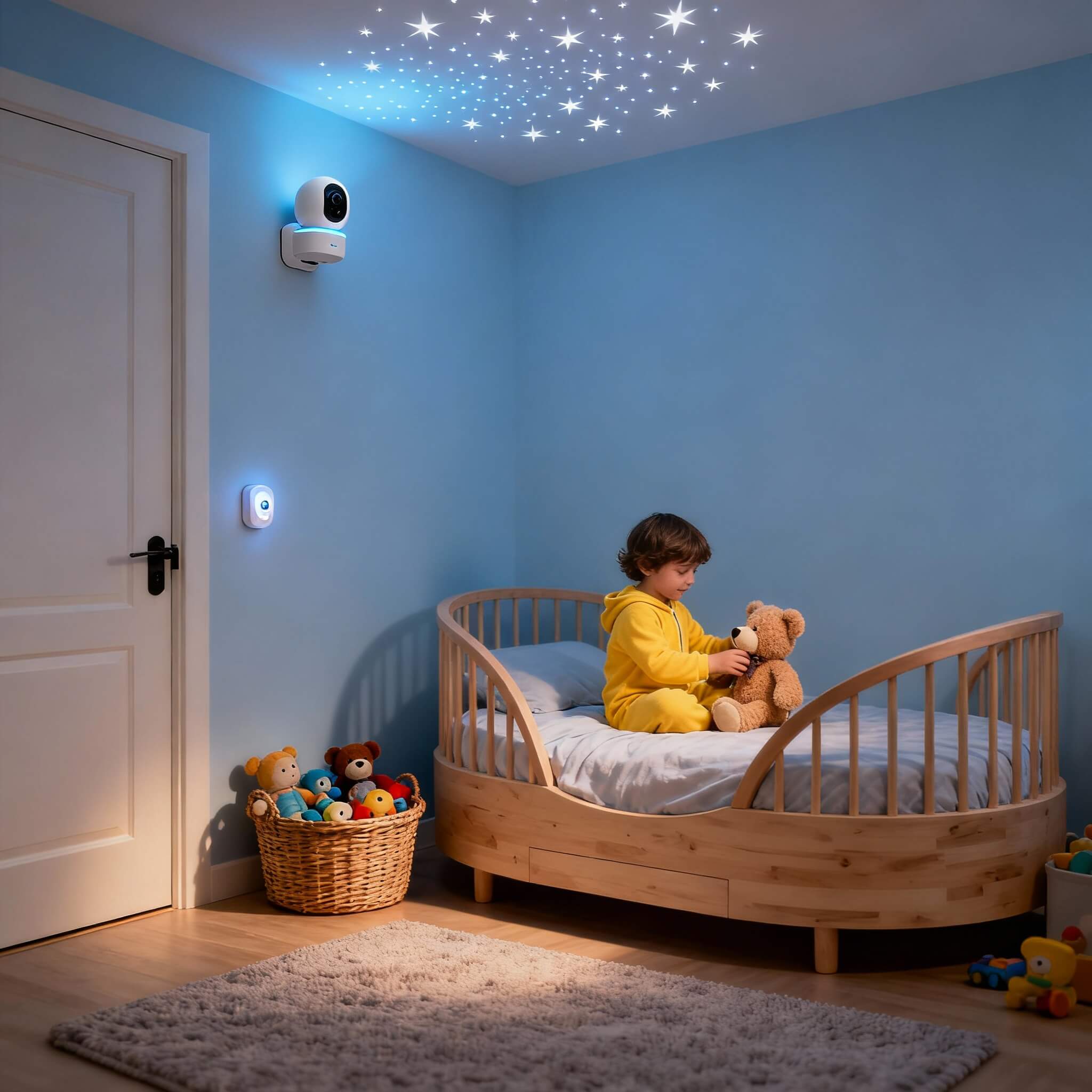
The first step to a safer kids’ room is a solid plan. By creating a 3D model of your child’s room, you can spot and fix safety issues in advance. Using Arcadium 3D’s fast and easy 3D modeling capabilities, you can sketch out the room’s dimensions, then drag-and-drop elements to replicate the space in minutes. There’s no need to download software the app runs right in your browser, so you can get started instantly on any device.
Lay out the room with safety in mind:
Begin by placing the big items (bed, dresser, bookshelf) in your virtual floor plan. Arcadium’s large in-built furniture library offers a huge selection of kid-friendly furniture models to choose from. You can experiment with a toddler bed with built-in guardrails, a dresser secured to the wall, or a bookshelf with a wide base for stability.
By moving these pieces around in 3D, you’ll see where you need to maintain clear pathways for little feet. The goal is to avoid clutter and ensure ample open areas so that your child can play freely without tripping over toys or furniture.
You can even simulate practical childproofing measures in your design. Maybe you’ll place a baby gate at the top of a virtual staircase, or decide to position the toy chest in a corner to keep floor space clear. Seeing everything laid out from a bird’s-eye view helps you double-check that no dangerous edge or obstacle is lurking unnoticed.
With the essentials in place, switch to a first-person virtual walk-through of the room. Arcadium allows you to step into your design and experience it at ground level. Walk through the doorway and around the furniture. This perspective can reveal details you might otherwise miss.
AI-Powered Creativity: Merging Style with Safety
AI can also help with the creative side.
Arcadium’s AI interior design free
feature can take any snapshot of your 3D room and re-style it in various themes with a single click. In seconds, you might see your design transformed into a galactic space adventure or a tranquil pastel nursery, all while keeping your safety-first layout intact.
The ability to try different decor options virtually is more than just fun; it ensures you won’t compromise on safety for the sake of style. You might discover that a fun idea (like adding a slide to a bunk bed) would require extra padding below better learned in a virtual model than after purchase. By experimenting digitally, you can find a design that is both delightful for your child and reassuring for you as a parent.
Once you hit on a look you love, the AI tool even lets you fine-tune the details. You can upload pictures of specific décor items you’re considering (say, a particular rug or wall decal) and see them in place. This way, you know every addition from the bed frame to the toy chest fits the room’s theme and practical needs. The end result is a space that excites your child’s imagination and meets your safety standards.
Step into the Design: Virtual Walk-Throughs & Instant Sharing
Arcadium 3D enables an immersive first-person walk-through of your design at the click of a button. This feature is like a video game version of your child’s room, you can “walk” through the space and truly sense the room’s ambiance and flow. It’s the ultimate test-drive for your design plan.
During the walk-through, pay attention to subtle details that impact safety and comfort. For instance, check if the night-light provides enough illumination in the dark, and ensure window blind cords or other adjustables are placed out of a child’s reach. This virtual test-run lets you catch and fix such issues now rather than later.
Another huge advantage of Arcadium’s browser-based platform is the ability to share your design instantly via a link. There are no bulky files to email or software requirements for viewers. If you want a second opinion, simply send the room’s URL to your partner, a friend, or a consultant. They can open the link on their own device and explore the 3D room themselves no installs needed. This makes collaboration seamless.
For example, you could share the design with grandparents for input, or involve a trusted friend who’s a parent to review it. If anyone spots something concerning “That shelf looks a bit high for him to reach safely,” you can hop back into edit mode, make the tweak in seconds, and update the design. Instant collaboration ensures that by the time you’re ready to implement the room makeover, all stakeholders are confident in the plan.
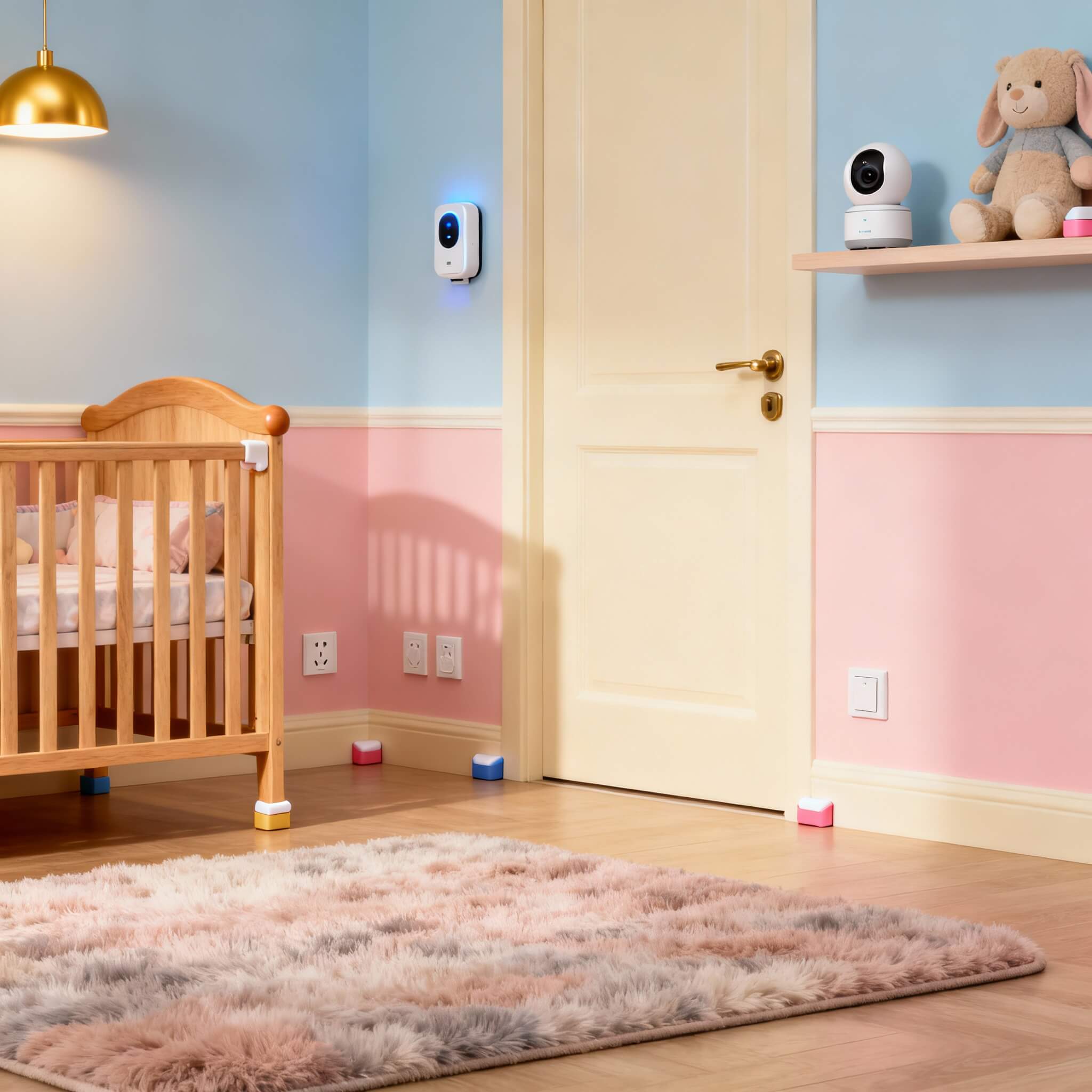
From Vision to Reality: Empowering Every Parent to Design Safely
Arcadium 3D positions itself as the fastest and easiest way to bring your ideas to life, and that holds true even if you have no prior design experience. Its intuitive interface “has loads of powerful features to let you create a 3D space in minutes”, meaning you can realistically map out your kid’s room during a nap time or an evening brainstorming session.
Arcadium is constantly adding new features, for example, custom drawing tools that let you sketch unique elements, print preview modes to see your design ready for real-world implementation, and enhanced floor plan views for examining layouts in detail.
These additions, along with the AI image generation feature, ensure you have a comprehensive toolkit to refine every aspect of your design. And because it’s free to use and runs in your browser, you don’t need any special equipment or budget to start planning.
As a designer, I’ve found that the most rewarding part of using AI in these projects is how it turns parents’ anxiety into excitement. Families often begin to worry about safety issues. Will the new bed be secure enough? Am I overlooking any hazards? But the virtual design process addresses those concerns one by one.
By the time we finalize the plan, you’ve virtually seen your child’s room come to life and resolved any safety questions, replacing worry with confidence. When it’s time to set up the actual room, everything goes far more smoothly.
With a detailed 3D plan as your guide, there’s no guesswork or last-minute surprises. It feels like you’ve rehearsed the project in advance. Each piece of furniture ends up exactly where it should. The end result is a space that’s not only whimsical and reflective of your child’s personality, but also meticulously safe for them to grow and play.
In summary,
AI and 3D design technology have made it possible for anyone to become the designer of their child’s dream room. By combining child-centric safety planning with creative AI enhancements, you truly can create a kids’ room that is both a safe haven and an imaginative playground. And with tools like Arcadium 3D at your fingertips, the process that once felt daunting is now genuinely delightful.
Frequently Asked Questions
How do I start designing a safe kids’ room if I’m not a professional?
Begin with a simple floor plan showing doors and windows, then use an online design tool like Arcadium 3D to build it in 3D. The drag-and-drop setup makes it easy to test furniture placement and ensure safety with clear walkways and anchored furniture.
Can AI help make a child’s room safer?
Yes. AI tools let you visualize layouts before decorating. You can spot hazards early, try different furniture setups, and choose safer arrangements without guessing.
What safety features should every kid’s room include?
Use rounded furniture, anchored shelves, covered outlets, and non-toxic materials. Add safety locks or gates if needed, and keep everyday items within reach to avoid climbing.
How does Arcadium 3D compare to hiring a designer?
Arcadium 3D is a budget-friendly DIY option that gives you creative control. It’s easy enough for parents but powerful enough for professionals, helping you visualize ideas before calling in a designer if needed.
Is the Arcadium 3D interior design app free?
Yes. Arcadium 3D offers a free version with everything you need to design a safe, beautiful kids’ room. You can create, style, and share layouts directly from your browser without paying.


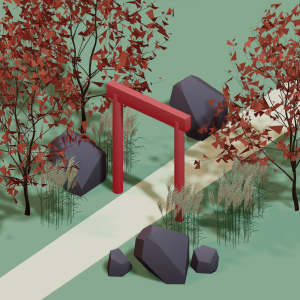 All training, tips and articles
All training, tips and articles
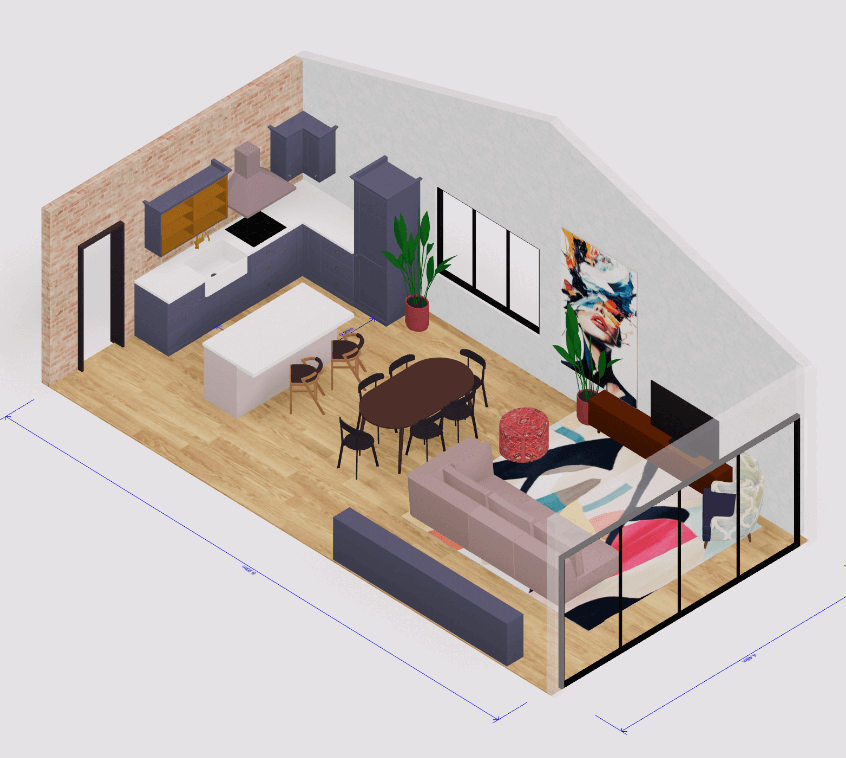 3D house design tool
3D house design tool
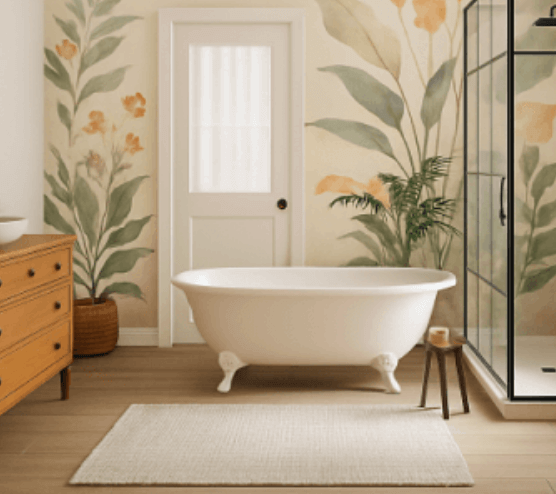
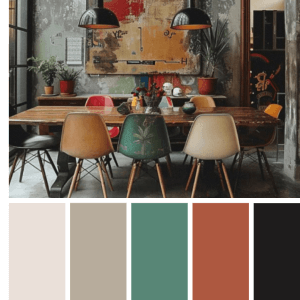 Color palette generator
Color palette generator
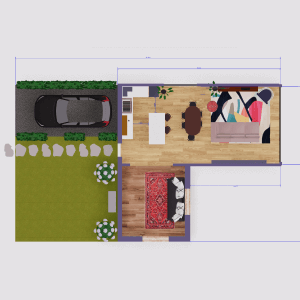 Floor plan creator
Floor plan creator
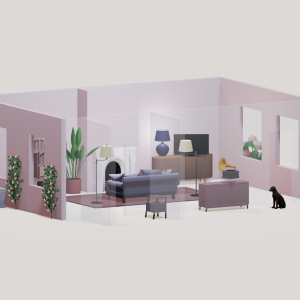 Interior design app
Interior design app
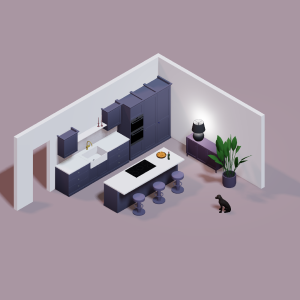 Kitchen design tool
Kitchen design tool
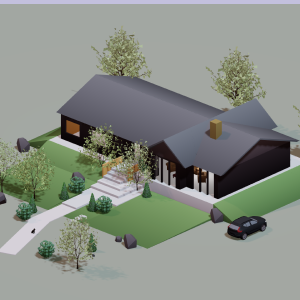 House design software
House design software
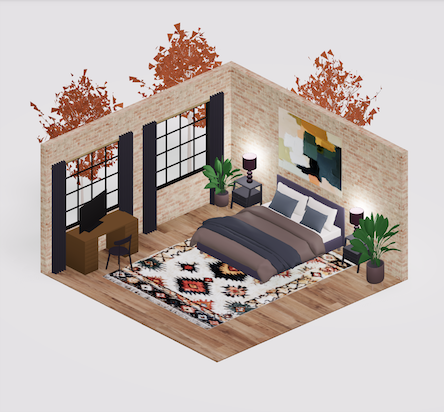 Room designer
Room designer
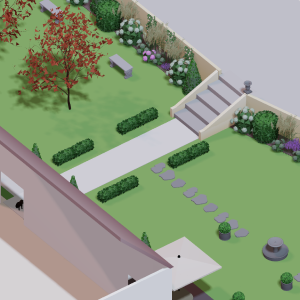 Landscape design software
Landscape design software
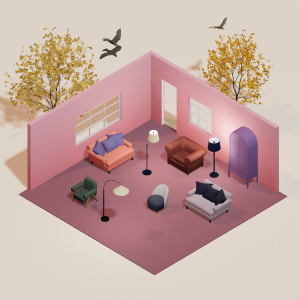 Bedroom design
Bedroom design
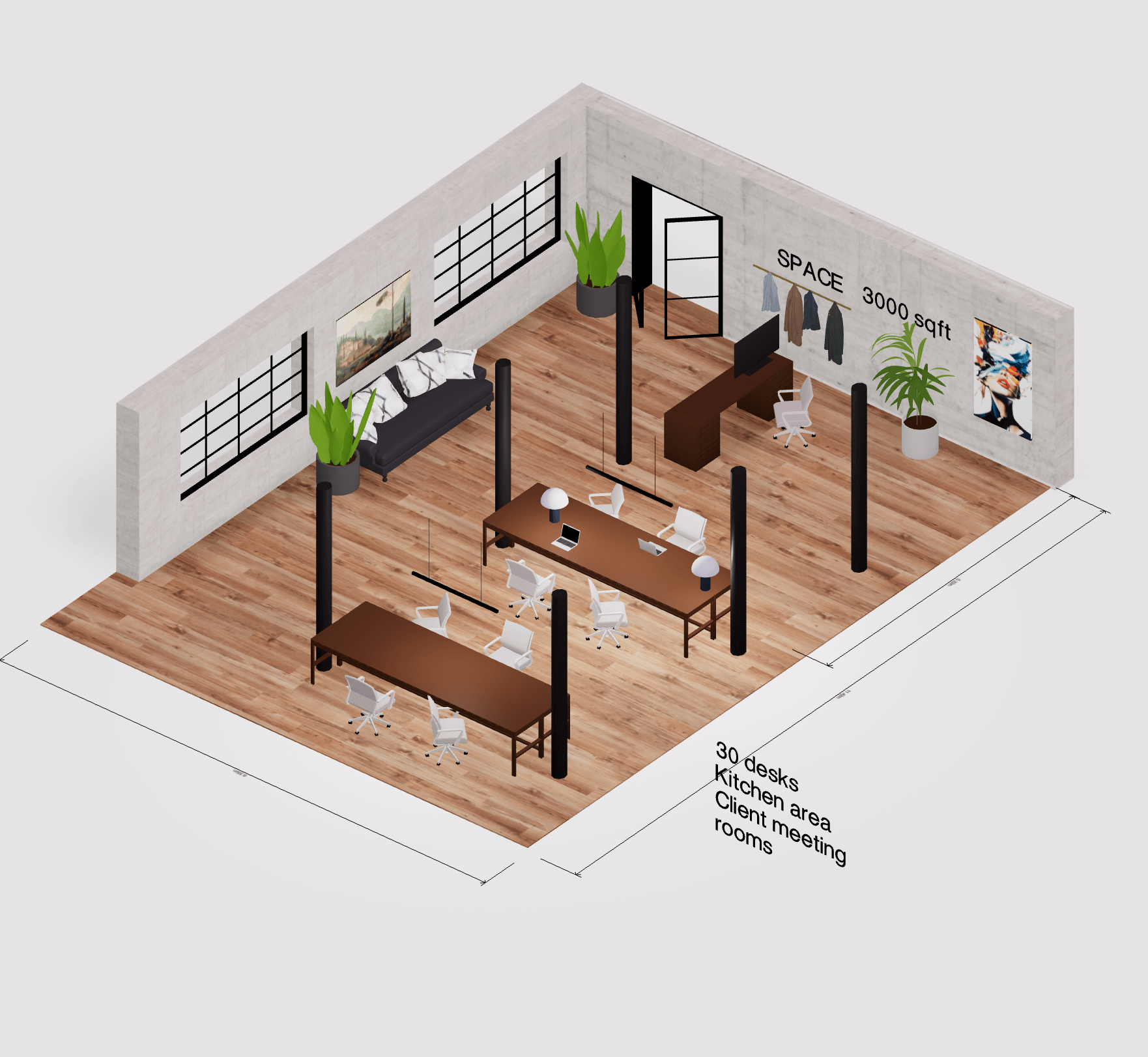 Office floor plan creator
Office floor plan creator
